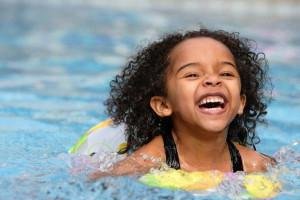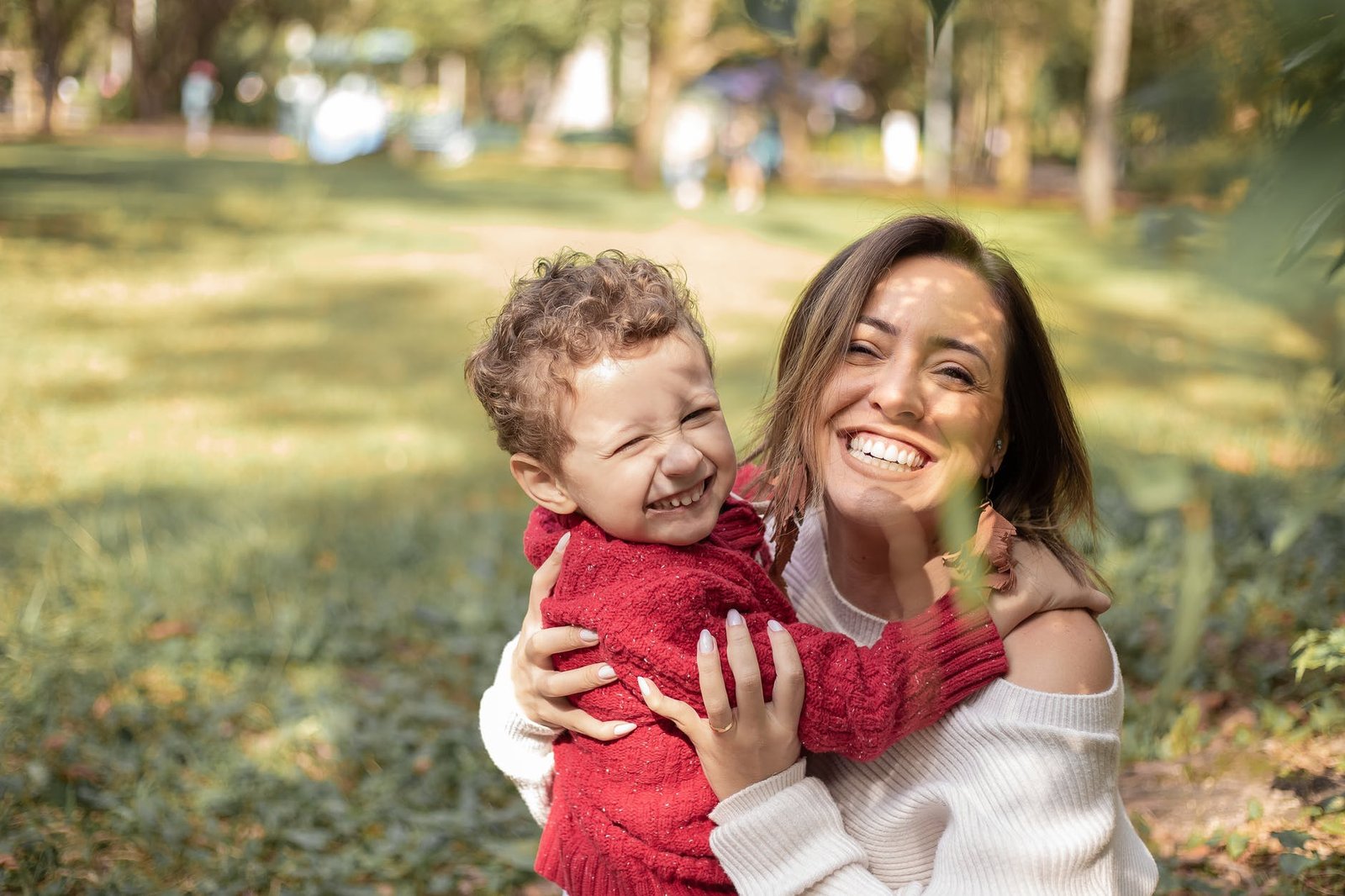Is it possible for a child to swim in a river, sea, lake
 Often, parents, while relaxing in a public place, do not pay attention to their children. Many people think that a child can independently swim in a river, lake, sea, pool and return to the shore to sunbathe. But actually it is not. Unfortunately, sometimes bathing turns into big health problems or even becomes life-threatening for the little ones.
Often, parents, while relaxing in a public place, do not pay attention to their children. Many people think that a child can independently swim in a river, lake, sea, pool and return to the shore to sunbathe. But actually it is not. Unfortunately, sometimes bathing turns into big health problems or even becomes life-threatening for the little ones.
Let’s figure out how to properly bathe kids.
The content of the article:
Is it possible for your child to swim – all contraindications for swimming in reservoirs
Parents should be aware that not all children can use public bathing areas.
Do not swim in the sea, lake, river, quarry, pool:
- Babies, as well as babies up to 2 years old. Newborns and a little older should only be bathed in a bath!
- Those who have chronic diseases of ENT organs.
- Children with skin lesions, scratches, wounds.
- Children who suffer from chronic diseases of the genitourinary system.
- Those who have recently had a respiratory viral disease.
If your child falls on this list, then it is best not to take him to bathe. You can consult a doctor before going to sea and find out how moving and bathing will affect the health of the baby, and only then make a decision.
Where and when you can swim with your child – all the rules for choosing a swimming place
Before setting off on the road, you should find a safe place to rest. Note that it is better to choose equipped beachesthat children can really attend.
As a rule, at the beginning of summer, all reservoirs are checked by Rospotrebnadzor. Experts test the water for contamination and hazard levels and then compile list of those where swimming is prohibited… Anyone can get acquainted with it.
 In addition, if a body of water is included in this list, then in place there will be the corresponding plate is installed – Swimming will be prohibited not only for children, but also for adults. It is better not to risk your health and life and your child’s!
In addition, if a body of water is included in this list, then in place there will be the corresponding plate is installed – Swimming will be prohibited not only for children, but also for adults. It is better not to risk your health and life and your child’s!
Waters that are listed as unsafe for swimming may contain:
- Garbage.
- Shards from bottles.
- Heavy metals, metallic objects or chemical residues.
- Parasites or insects that carry dangerous diseases.
- Sharp stones, branches.
- Dangerous bacteria and microbes.
Remember: a wild beach is not a place for children to swim!
In the event that you are going to visit a river, quarry, lake, which are located in a deserted place, then you should:
- Examine the bottom for the presence of sharp objects, stones, debris, pits.
- Check depth, water level.
- Choose a seatwhere there will be an even descent.
- Pay attention to insects, rodentsthat are found in this place. If there are rats or malaria mosquitoes, then this place is not intended for swimming.
- Also determine the temperature of the water. Do not bathe your child in cold water. You can buy a small pool and pour water into it, which will be heated by the sun’s rays. Look at the weather conditions – in the rain, the baby should not bathe in the pond either.
At what age and how can you bathe a child in the sea, river or lake?
For bathing children usually create special places, which are enclosed with a rope with buoys. Children over 7 years old can swim there on their own, but adults must still supervise them.
Advice: to find your child in the water, put on an attractive, bright colored panama hat, or a life jacket, a circle that is different from the others.
Children under 7 years old are not allowed to be left alone in the water, or by the water! They must be accompanied by an adult. Babies, children under 2 years old, it is better not to bathe in the sea, river, lake and any other bodies of water.
To avoid negative consequences from visiting a public beach, parents must follow the following rules:
 To put on a bathing suit, swimming trunks on the child. While relaxing on the beach, have you noticed how children run along the beach without swimsuits or panties? The answer is unequivocal: yes. Many parents think that this is okay, because these are children. Remember that it is from this important point that the crumbs may have further problems with the genitourinary system, with the development of the genitals. It is clear that now children are no different from their peers, but in the future, bathing without a swimsuit or panties may not respond well to the child’s health. It is necessary to properly perform the intimate hygiene of newborn boys and girls – wash it off after bathing with clean water and use only mild baby products.
To put on a bathing suit, swimming trunks on the child. While relaxing on the beach, have you noticed how children run along the beach without swimsuits or panties? The answer is unequivocal: yes. Many parents think that this is okay, because these are children. Remember that it is from this important point that the crumbs may have further problems with the genitourinary system, with the development of the genitals. It is clear that now children are no different from their peers, but in the future, bathing without a swimsuit or panties may not respond well to the child’s health. It is necessary to properly perform the intimate hygiene of newborn boys and girls – wash it off after bathing with clean water and use only mild baby products.- Be sure to put a panama hat on your baby’s head. The sun’s rays on the head, the skin of children are usually not beneficial. Your baby may overheat while playing in the sun. Headwear is the main thing on the beach! If you suddenly forgot about a panama hat, a bandana, then the first symptoms of sunstroke are as follows: weakness, headache, nausea, high fever, tinnitus.
- Keep track of your swimming time. The best time is from morning to 12 noon. At lunchtime, it is better to go home, eat and relax. From 16 o’clock you can set sail again. If you follow this routine, then you are unlikely to overheat.
- Buy sunscreenso that the child does not get burned. It is better to choose a waterproof one, it does not need to be applied several times.
- Keep track of the time your baby spends bathing. The crumbs can stay in the water for no more than 10 minutes, otherwise they can get hypothermic and get sick.
- You can bathe 4-5 times a day. The main thing is to make sure that the child is comfortable in the water. If the baby does not want to swim, do not force.
- After leaving the water, throw a towel over your child, be sure to wipe it off, wipe your ears, which may have water.
- Change your baby to dry clothes after bathing.… Raw swimming trunks can cause various diseases.
- It is better to bathe babies an hour after eating. On vacation, feed the children with vegetables, fruits, berries.
- Be sure to have a supply of drinking water.
- After bathing, doctors recommend bathing the child with soap. This will wash away any germs that can enter the baby’s body and infect him.
To make bathing healthy and interesting – we answer all questions
- What if the child is afraid to swim and screams when we go into the water?
There are some really tried and tested tips that can help teach your child to swim in the open water.
- Firstly, never bathe your baby separately. Take it in your arms, press it to you, and only then go into the water.
- Secondly, you can take toys with you and show how your favorite kitty bathes in the water.
- Thirdly, play on the shore, fill a bucket with water, build sand castles. Circles, mattresses, arm ruffles, vests can also help in bathing. Thanks to them, the children are safe and understand that they will not go anywhere, that their parents will be there.
- What if the child does not want to get out of the water for a long time?
Child after 3 years can show their character. Try to explain to him that you need to swim in moderation, otherwise you can get sick. Only conversations and instructive conversations with examples will affect the baby.
Another way to “get” a child out of the water is to invite him to eat. The frozen child will fly out of the reservoir for a treat.
But the baby is up to 3 years old there is no need to explain anything. You are a mother who must take care of him without persuasion, despite the crying and whims.
- What if the child always relieves the need for water?
Explain to your child that you can go to the toilet in a designated area. Take your toddler to pee before heading out into the water.
- A child drinks water from a river or lake – how to wean him from this?
If you do not wean the child from this habit in time, poisoning may occur. Before going to the sea, beach, river, lake, and even to the pool fill a bottle of clean boiled water at home… Offer your child a drink before bathing.
If he starts to draw water from the reservoir into his mouth, then remind him that the bottle on the shore contains clean water that you can drink.
- What toys to take for bathing a child in a pond?
It is imperative that you have inflatable life-saving items, it can be: circles, vests, armbands, rings, etc.
Note that despite the promised safety of the items, you still shouldn’t leave your child alone in the water!
On the shore, a child can pick up sand in a bucket with a spatula… At most he will need more 2 molds, the rest will not be interesting to him.
In addition, you can take natural objects as toys, for example, shells, stones, sticks, leaves. You can build sand cakes from molds and decorate with whatever you find nearby.
If you liked our article and you have any thoughts about this, please share with us. Your opinion is very important for us!
What to give a friend?
Gift Certificate! You can give it to your loved one or use it yourself.
And we also give away a certificate for 3000 rubles every month. among new email subscribers. Subscribe!
Select a certificate in the store
Visit Bologny for more useful and informative articles!





